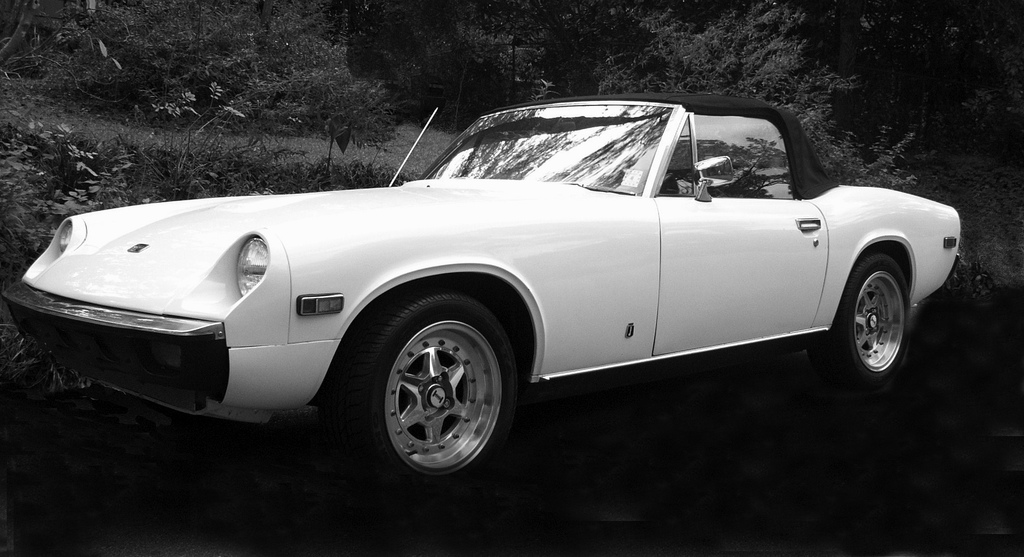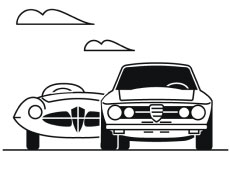-
Insurance
InsuranceAbout our productsLearn about insuringGet a quote Get current values, historical values, model history and more.
-
Valuation
ValuationHagerty valuation toolLook up a vehicle value Get current values, historical values, model history and more.
-
Events
EventsHagerty official eventsHagerty ClubhouseEvent calendar
-
Entertainment
EntertainmentMore to explore
- Portal login
1972 Jensen Healey
Base Convertible 2 L
Vehicle values by condition
Fair
Condition 4
£5,600
#4 cars are daily drivers, with flaws visible to the naked eye. The chrome might have pitting or scratches, the windshield might be chipped.
Good
Condition 3
£10,000
#3 cars could possess some, but not all of the issues of a #4 car, but they will be balanced by other factors such as a fresh paint job or a new, correct interior.
Excellent
Condition 2
£15,000
#2 cars could win a local or regional show. They can be former #1 cars that have been driven or have aged. Seasoned observers will have to look closely for flaws.
Concours
Condition 1
£24,300
#1 vehicles are the best in the world. The visual image is of the best car, unmodified, in the right colours, driving onto the lawn at the finest concours.
Insurance premium for a
1972 Jensen Healey Base Convertible 1973
valued at £10,000
£124.76
/ year*
History of the 1972 - 1976 Jensen Healey

1972 - 1976 Jensen Healey
Jensen-Healey (Sports), 1972-1976
The Jensen-Healey was in production from 1972-76. Styled in house, it is a front-engine, rear wheel drive sports car seating two people.
The Jensen-Healey was conceived as a replacement of sorts for the Austin-Healey 3000. Jensen had built bodies for the 3000, and San Francisco's Austin Healey distributor Kjell Qvale was keen to find another car he could sell in its place. Qvale became a shareholder in Jensen, and as he increased his holding he installed Healey as its chairman. The development of the new car was a joint venture between Jensen and the Healey family. Under the skin, the structure was designed by the man responsible for the Big Healeys and the Sprite, Barry Bilbie, with the intent that the car be easy to repair for lower insurance premiums.
Up front was a Lotus-designed engine, the 907 as used in the Elite and derived from the Vauxhall slant-four. This meant 144bhp, 60 in around 8 seconds and a top speed nudging 120mph. Early cars used a Chrysler four speed gearbox, though later models used the five speed Getrag used in the Chevette HSR and other Vauxhall products. Suspension, steering and braking components were largely adapted from the Vauxhall Firenza HP. The car was well-liked and by 1974 Jensen was making 86 cars per week, but the loss of Interceptor sales in the wake of the oil crisis meant that the coffers weren't as full as the company would need. The Healey-based Jensen GT was brought to market to plug the gap, but component shortages and inflation meant that Jensen would liquidate in 1975 and close for good in 1976. While enthusiasts have subsequently revived the marque in a bid to bring back the Interceptor, the closest Jensen to a Healey replacement was the SV8 of the late 1990s.
The Jensen Healey occupied the middle ground between the MGB and the Jaguar E-type, and while it had competition it was relatively sparse. The obvious competitor is the Triumph TR6, though its big six pot and separate chassis made it seem like a product of another age. If you didn't need the soft top, Jensen's own GT makes an interesting alternative, as does the Lotus Elite which shares its engine.
Hagerty Newsletter
Get your weekly dose of car news from Hagerty UK in your inbox

ADVERTISEMENT